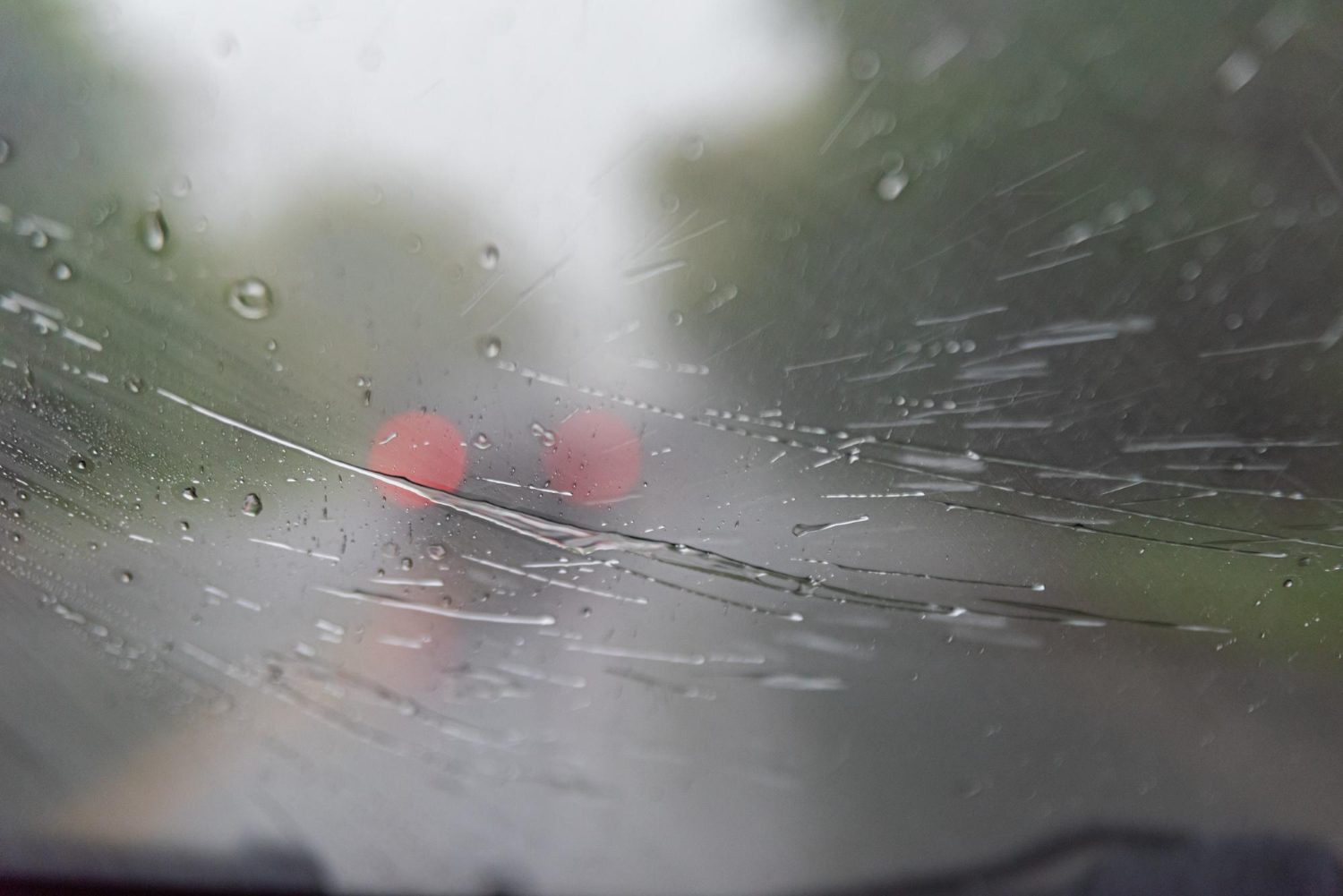Weather conditions play a significant role in damaging auto glass. As an essential part of a vehicle’s safety features, windshields and side windows are vulnerable to various weather-related hazards.
Rain and Wind
Heavy rainfall and strong winds can cause significant damage to auto glass. Water can seep into the edges of the windshield, compromising its structural integrity (1). Moreover, high-velocity winds can dislodge loose debris, striking the glass with considerable force (2).
Hailstorms
Hailstorms are notorious for causing extensive damage to vehicles, including auto glass. Hailstones can create cracks and chips in windshields, requiring costly repairs or replacement (3). In extreme cases, hail can shatter side windows, compromising the vehicle’s safety features.
Extreme Temperatures
Temperature fluctuations can cause thermal stress on auto glass, leading to cracks and breaks. For instance, rapid cooling of a hot windshield can cause it to shatter (4). Similarly, prolonged exposure to freezing temperatures can weaken the glass, making it more susceptible to damage.
UV Rays
Prolonged exposure to UV radiation from sunlight can weaken the adhesive bond between the glass and its frame (5). This can lead to a loose or detached windshield, compromising the vehicle’s safety features.
Snow and Ice
Freezing temperatures can cause water to seep into the edges of the windshield, freezing and expanding, which can lead to cracks and breaks (6). Additionally, ice scrapers and snow removal tools can scratch or crack windshields if used improperly.
Lightning Storms
While rare, lightning storms can cause catastrophic damage to auto glass. A direct lightning strike can shatter windshields and side windows, compromising the vehicle’s safety features (7).
Humidity and Fog
High humidity and foggy conditions can reduce visibility, increasing the risk of accidents (8). Additionally, moisture can seep into the edges of the windshield, compromising its structural integrity.
Sandstorms
Sandstorms can cause extensive damage to auto glass due to the abrasive nature of sand particles. Sand can scratch or crack windshields, requiring costly repairs or replacement (9).
Tornadoes and Hurricanes
Extreme weather events like tornadoes and hurricanes can cause catastrophic damage to vehicles, including auto glass. High-velocity winds and debris can shatter windshields and side windows, compromising the vehicle’s safety features (10).
Weather conditions play a significant role in damaging auto glass. By understanding the various ways in which weather affects auto glass, vehicle owners can take proactive measures to minimize damage and ensure their safety on the road. Should these weather events manage to damage your auto glass, you can rely on Tucson Auto Glass Repair Pros for windshield repair and car window repair services.
